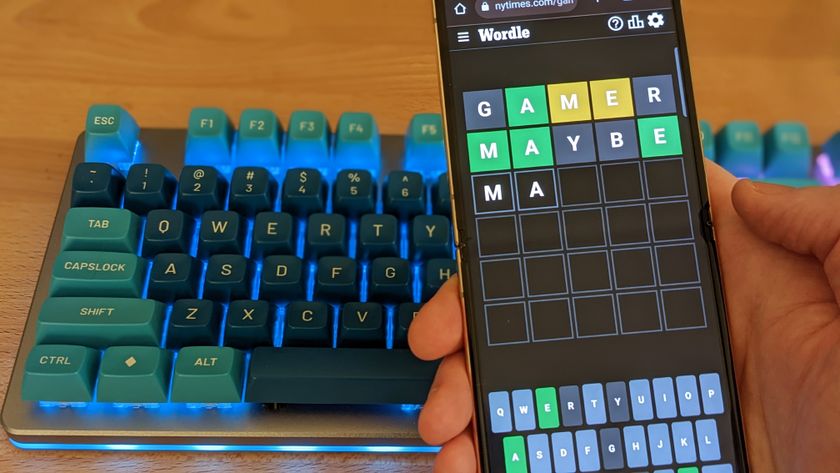Is time too precious to waste making gurning thumbnails for your YouTube videos? Huzzah for this AI tool that does it all for you, then
Good to know all those super-expensive GPUs are being used for something so vital.

If you fancy yourself as being the next tech YouTuber waiting in the wings to explode onto the scene, you might want to pause for a moment and reflect on the amount of time you'll need to spend generating all those rage-baiting thumbnail images of your face to add to your content. But fear not, as there's now an AI tool that'll handle all your gurning goals for you.
The tool in question is called Expresso because…umm, I'm not sure why, to be honest, but it's by EasyStudio AI which also offers an AI for editing and tweaking photos. I should imagine that there was a meeting of managers, at some point, that wondered what else its servers could be used for and they all settled on creating something to make custom headshots.
Although the tool's interface isn't overly intuitive, it is simple to use—just upload a headshot photo or image, and then select a preset for a particular expression you want the face to have. You can adjust the positions of the head, eyes, eyebrows and mouth to get that perfect 'smile that never reaches the eyes' or 'ermahgerd it's so bad' look that's pretty much the norm on every YouTube thumbnail these days.
Being the inquisitive and top investigative journalist that I am, I signed up for a free account (which gives you three goes at generating an image, in the form of credits) and set about seeing just what AI could do for me. Before we get on to how insufficient three credits are at road testing something that would otherwise cost $10 a month for 100 credits, let's see what I managed to create.

Look on my works, ye mighty, and despair! It's almost as if Percy Shelley was a 19th-century AI prophet, rather than some genteel British poet. Anyway, I have to say that Expresso somewhat lives up to its name, simply because it spits out an image very quickly, though I dare say that if it becomes super popular and the servers clog up with requests, it might not be quite so speedy.
However, my issue with it is that there's no kind of preview system and you will use up one credit to generate any image. If you're a full-time content creator and you're looking to create the perfect thumbnail clip, then you could well burn through a whole stack of credits just for one headshot.
The first AI-generated image I created with Expresso (second in the gallery above) was with the standard 'surprised' preset but the final two are tweaked versions of 'shocked' and 'confused' respectively. I don't think I'm alone in thinking that none of these facial expressions (oh wait, that's why it's called Expresso…express-o-ions…) are good approximations of those emotions, but at least they look realistic enough.
The biggest gaming news, reviews and hardware deals
Keep up to date with the most important stories and the best deals, as picked by the PC Gamer team.
But that's AI to a tee and anyone who's spent time with an AI image generator, such as Stable Diffusion, will know that you have to spend a lot of time trying small changes over and over again, to get the exact image you want. In the case of Expresso, that means a whole lot of money.
I'm clearly not the target audience for this AI tool but I'm not overly convinced that any professional YouTuber will spend good money on this when it's not really all that hard to have someone take a few shots of you with a camera and then quickly edit them in a free photo editing app.
AI doth giveth, AI doth taketh awayeth.
Best gaming PC: The top pre-built machines.
Best gaming laptop: Great devices for mobile gaming.

Nick, gaming, and computers all first met in 1981, with the love affair starting on a Sinclair ZX81 in kit form and a book on ZX Basic. He ended up becoming a physics and IT teacher, but by the late 1990s decided it was time to cut his teeth writing for a long defunct UK tech site. He went on to do the same at Madonion, helping to write the help files for 3DMark and PCMark. After a short stint working at Beyond3D.com, Nick joined Futuremark (MadOnion rebranded) full-time, as editor-in-chief for its gaming and hardware section, YouGamers. After the site shutdown, he became an engineering and computing lecturer for many years, but missed the writing bug. Cue four years at TechSpot.com and over 100 long articles on anything and everything. He freely admits to being far too obsessed with GPUs and open world grindy RPGs, but who isn't these days?























